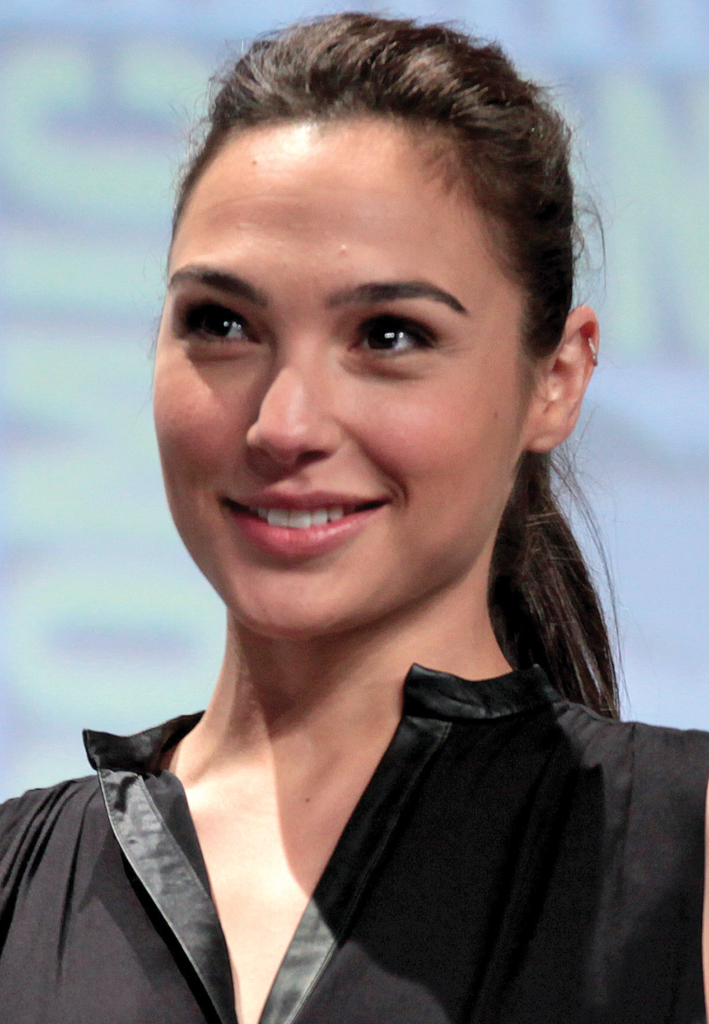 From comics to the United Nations floor and now for the first time in theatres, DC’s “Wonder Woman” lassoed in a record breaking $200 million worldwide opening weekend.
From comics to the United Nations floor and now for the first time in theatres, DC’s “Wonder Woman” lassoed in a record breaking $200 million worldwide opening weekend.
The film is the largest opening film directed by a woman, with over $100 million domestic. Directed by Patty Jenkins and starring Gal Gadot, who reprises her role from “Batman v. Superman: Dawn of Justice” (2016), the film garnered an even audience demographic.
Both men and women turned out in droves for the premiere, with the female demographic just four points higher.
Wonder Woman’s silver bracelets hit the silver screen in all but Lebanon. In political protest over Gadot’s mandatory service in the Israeli Defense Force, Lebanon succeeded in preventing the movie from screening in the country.
While “Wonder Woman” deflected bullets, the film attracted controversy. Critics argued over the social positioning of “Wonder Woman.” Was she Feminist enough? Were the traditional elements of the film to her benefit or detriment as a female icon?
While some critics were divided, the general reception has been positive for the summer blockbuster. Anywhere from the alleged cultural implications of her shaven underarms, to the traditional red, white and blue costume changes, to the depiction of war and conflict have all made the rounds online and in print.
While there has been a slew of successful, female lead action series, “Wonder Woman” is the first female superhero film since the 2005 days of “Elektra.” Following the all-female flop of “GhostBusters” (2016) many moviegoers felt “Wonder Woman” had a lot to live up to.
Female-only pre-screenings were offered by one Texas location, stirring up another press storm of gender politics.
Could the trend of DC movie success continue, or will “Justice League” this November fall to the same vices as its predecessors? Jenkins has alluded to a sequel that will take place in America, but is not yet in production.
Barton Kleen
Executive Editor


